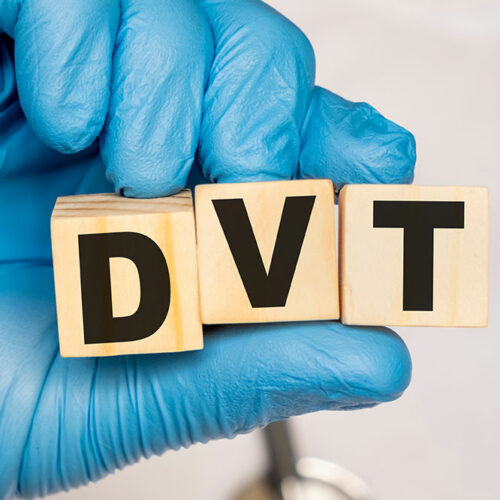Risk Factors and Diagnosis Of DVT
Deep vein thrombosis or DVT is a condition which forms blood clots in deep veins due to the improper mixture of plasma and platelets. This cuts off the supply of deoxygenated blood from the affected vein to the heart. Anybody can get a DVT, but certain factors increase one’s risk of developing it. Let’s take a look at the risk factors and diagnosis methods of DVT. Risk factors Anything that interferes with the blood flow of the body can cause DVT. Here are a few of the factors that increase one’s risk. 1. Inactivity Being immobile for long periods, being on complete bed rest, and lacking exercise can cause blood clots. Everyday things like sitting for too long on a chair while working, watching movies, or playing videos can also cause clots. 2. Birth control Women who take combination pills containing estrogen and progestin have a higher chance of developing a clot. Nevertheless, the risk is lower than that of pregnant women. Birth control methods such as vaginal rings and patches may also pose a risk of clots. 3. Genes and family history Genetic disorders such as thrombophilias cause gene mutations which in turn increase the risk of blood clots.
Read More 










